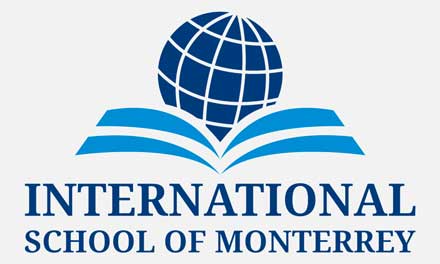
PRE-KINDERGARTEN
PRE-KINDERGARTEN
ACADEMIC CURRICULUM
SPANISH
Students speak correctly and articulately, they construct increasingly complete and complex phrases and sentences, they include more words in their vocabulary, and manage to make the syntax construction forms and norms their own in the different contexts of speech. They express their ideas verbally and answer different questions.
Students know that graphics say something, that they have meaning, and are capable of interpreting the images that accompany the texts; likewise, they have some ideas about the functions of written language such as counting or narrating, remembering, sending messages or announcing occurrences.
MATH
They develop numerical, spatial and time notions that allow them to progress in the construction of more complex mathematical notions. From an early age they can establish equivalence, equality and inequality relationships such as, for instance, where there are more or fewer objects, they realize that “adding makes more” and “removing makes fewer” and they distinguish between large and small objects. Their judgments seem to be genuinely quantitative and they express them in different ways in every day life situations.
SCIENCE
Contact with the elements and natural world phenomena are stimulating experiences for the development of intellectual and emotional capabilities in girls and boys, as well as the deployment of possibilities to learn new things about their characteristics, the way in which they happen, and the reasons why they occur.
SOCIAL STUDIES
The personal and social development of girls and boys as part of Pre-kindergarten education is a gradual transition process of cultural and family patterns particular to the expectations of a new social context where the relationship of girls and boys with their parents and the teacher play a central sole in the development of communication skills, support behaviors, conflict resolution, and the ability to get positive responses in others.
ART
Through art they can communicate ideas through artistic languages as well as to combine sensations, colors, shapes, compositions, transform objects, establish analogies, employ metaphors, improvise motions, resort to imagination and fantasy, etc. The development of these capabilities is fostered in girls and boys from an early age.
MUSIC
Students can differentiate whether phrases are slow or fast, whether they increase or decrease in volume, and whether they include short or long pauses. They can master the text and rhythm of the song, in addition to using instruments for accompanying their singing.
PHYSICAL EDUCATION
Youngsters move and explore the world through the senses; they move from a situation of total dependence to progressive autonomy; they go from uncontrolled movement to controlling their body themselves, to direct physical activity and focus attention on specific tasks.
The physical development of girls and boys involves movement and locomotion, stability and balance, handling, throwing and receiving, which are considered as basic motor capabilities.
NEUROMOTOR
The Neuromotor program is worked through different routines, circuits, exercise sequences and basic patterns of motion with which the student manages to potentiate body development and basic motor skills. These, in turn, allow them to achieve greater neurological maturity, which translates into an increase in attention levels, concentration and following instructions.
AUDIOMOTOR
Our Audiomotor program favors self body control, by producing an awareness of the body in motion. Students increase corporal expression, attention and concentration levels, and this also promotes creativity and symbolic language development.
TECHINOLOGY
Fosters the development of digital skills in students through leading edge technology devices, new types of educational materials, new forms and spaces for communication, creation and collaboration, as fostered by so-called Web tools.
This promotes independent study and collaborative learning in students, while the faculty attain the possibility of innovating in their educational practice and interact and share with students in and out of the classroom.
